This article was medically reviewed by Jonas DeMuro, MD. Dr. DeMuro is a board certified Pediatric Critical Care Surgeon in New York. He received his MD from Stony Brook University School of Medicine in 1996. He completed his fellowship in Surgical Critical Care at North Shore-Long Island Jewish Health System and was a previous American College of Surgeons (ACS) Fellow.
This article has been viewed 90,014 times.
Perhaps you realize you may have eaten a poisonous food or come into contact with a harmful substance. Or maybe you took an extreme dosage of medication that may be toxic. Toxic poisoning can occur through swallowing a toxic substance, by breathing in toxic fumes, or by absorbing a toxic solution through your skin. You can determine if you have toxic poisoning by checking the common symptoms of poisoning. You may then do immediate care and get medical treatment as soon as possible to ensure the poisoning does not become deadly.
Steps
Looking for the Common Symptoms of Poisoning
-
1Check if you feel dizzy or lightheaded. One of the most common symptoms of toxic poisoning is lightheadedness or feeling dizzy. You may feel lightheaded soon after you ingest or come in contact with the poisonous substance or fumes.[1]
-
2Look for any behavioural changes. You may also feel confused or unsettled due to dizziness. You may have difficulty with staying upright and moving around on your own, as you may feel too lightheaded to stand or sit up.[2]Advertisement
-
3Note if you have difficulty breathing. You may also struggle to breath or have chest pains that make it difficult to breath in and out. If the poisoning is severe, your body may react by going into shock, which could make it difficult to breathe properly.[3]
- Depending on the severity of the poisoning, you may also have seizures. You may shake uncontrollably due to the seizure and have difficulty breathing.
-
4Notice if you are nauseous or in pain. You may vomit as a result of feeling nauseous or ill. Your skin may also become very pale as a result of the poisoning and you may feel unwell or sick to your stomach.[4]
- Depending on the source of the poisoning, you may experience pain in the area where your body was exposed to the poison. For example, you may feel pain in your mouth, throat, and stomach if you ingest something poisonous or you may feel pain on the surface of your skin if it has been exposed to a poisonous substance.
Doing Immediate Care
-
1Spit out any substances that are toxic. Perhaps you have ingested a toxic substance, such as a piece of contaminated food or a chemical liquid. Spit it out as soon as you can or spit out what is left of it. You may also try to throw up the toxic substance in your stomach by forcing yourself to vomit, though this may only lead to more dizziness and nausea.[5]
- You should wipe off any of the substance on your face or mouth with a cold cloth so you do not risk swallowing any more of it. You may also wash your hands if you have touched your mouth so you do not risk ingesting more of it.
-
2Remove any contaminated clothing or items. You should also take off any clothing or items that may have been contaminated with the poison or a harmful substance. For example, you may have spilled toxic chemicals on your clothing or gotten a toxic substance on your shoes. You should shed these items and wash the affected area with warm or cool water.[6]
- If you are helping someone who may have been poisoned, make sure you do not come in direct contact with any of their contaminated clothing or items. You do not want to put yourself in contact with the harmful substance.
-
3Move out of the area if there are poisonous fumes. If you have inhaled fumes that may be poisonous or harmful, you should try to get out of the contaminated area immediately. For example, you may be in a building that contains poisonous fumes. You should move into fresh air as soon as you can.[7]
- If a person has passed out in an area with poisonous fumes, you should call 911 and wait for them to arrive. Do not enter the contaminated area to remove the person yourself, as you will be putting yourself in danger.
-
4Call for help. You should call the National Poison Control Center (1-800-222-1222) or 911 for help. If you are not able to make the call, have someone else do it for you. You should then try to sit upright, if you can manage it, and stay still.[8]
- If you cannot sit upright, you may try lying on your side with a cushion behind your back and your upper leg pulled slightly forward. This is a recovery position and will ensure you do not fall on your face or roll backwards while you wait for help. You can also move a person who has been poisoned into this position if they are unconscious.
- Do not have anything to eat or drink. Try to simply stay still and stay calm while help is on its way.
Getting Medical Treatment
-
1Provide as much information as you can to medical staff. Once the paramedics arrive or you get into the emergency room, you should provide key information so they can better assess your condition. You may bring along a friend or family member who witnessed the poisoning and have them provide the necessary information if you are too ill.[9]
- You should note any substances you may have swallowed, inhaled, or come in contact with. You should also explain if the substance was taken accidentally or deliberately and how long ago it was taken. You should note how much of the substance was taken, if you can provide this information.
- You may also need to provide your age, estimated weight, and note any existing medical conditions you may have. You should tell the staff if you are taking any medications.
-
2Get examined by a doctor. You should allow a doctor to examine you and treat you for toxic poisoning. Your doctor may do a blood test to determine the cause of the poisoning. The blood test will allow the doctor to screen for any toxic substances or issues with your vital organs due to poisoning.[10]
- The doctor may also run an electrocardiogram (ECG) to monitor your heart and ensure it is functioning properly.
-
3Discuss your treatment options. Once you have been examined, your doctor may suggest several possible treatments, including:[11]
- Activated charcoal: This is used to treat poisoning as the charcoal will bind to the poison and stop it from being absorbed into your blood.
- Antidotes: These substances can reverse the effects of a poisonous substance.
- A ventilator: This may be used if you stop breathing or have severe difficulties breathing.
- Sedatives: This medication may be given if you are agitated or restless due to the poisoning.
- Anti-epileptic medicine: This medication may be given if you experience seizures due to the poisoning.
References
- ↑ https://www.nhs.uk/conditions/poisoning/symptoms/
- ↑ https://familydoctor.org/condition/poisoning/
- ↑ https://www.nhs.uk/conditions/poisoning/symptoms/
- ↑ https://familydoctor.org/condition/poisoning/
- ↑ https://www.nhs.uk/conditions/poisoning/treatment/
- ↑ https://poisonhelp.hrsa.gov/what-you-can-do
- ↑ https://www.nhs.uk/conditions/poisoning/treatment/
- ↑ https://poisonhelp.hrsa.gov/what-you-can-do
- ↑ https://poisonhelp.hrsa.gov/what-you-can-do
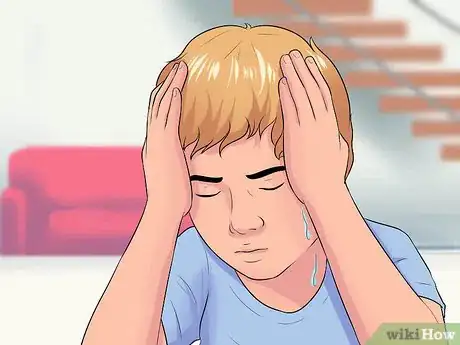


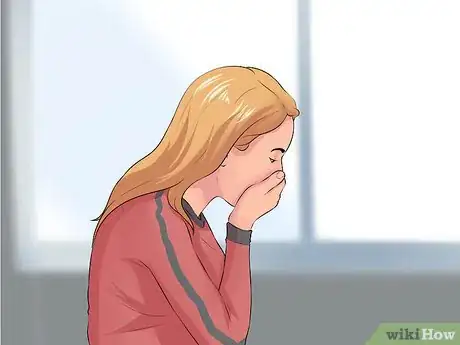
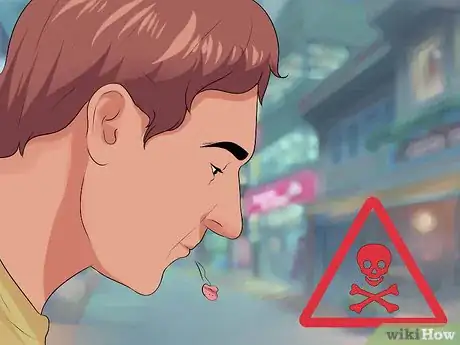
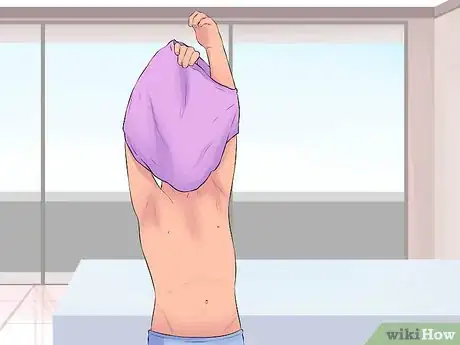
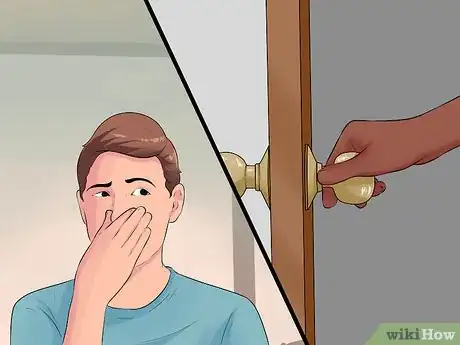
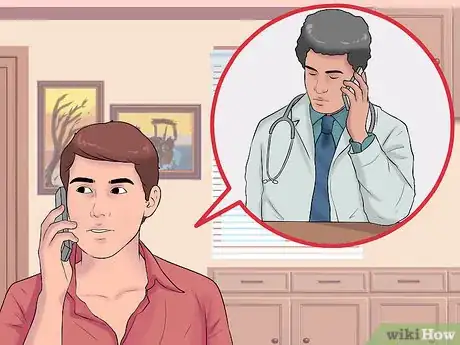
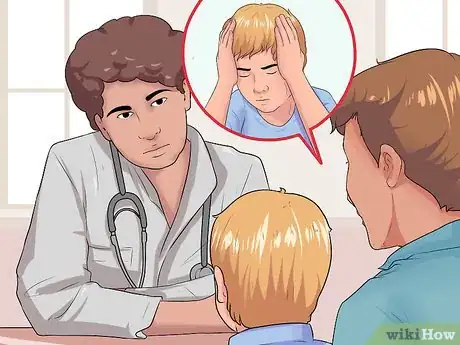

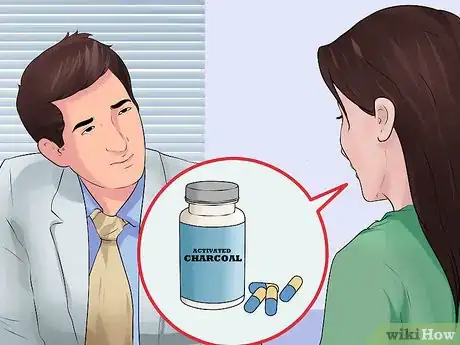
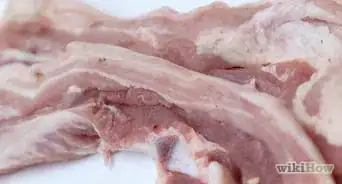

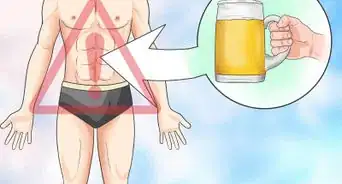


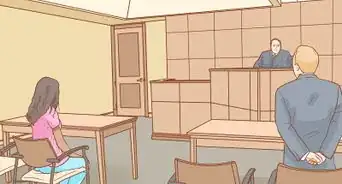
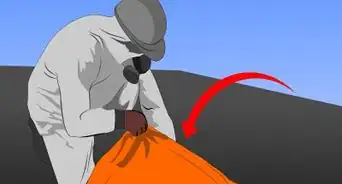
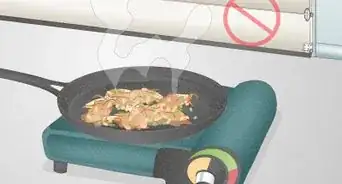
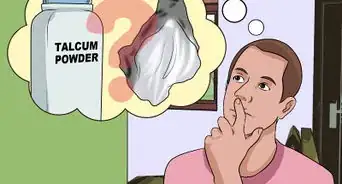

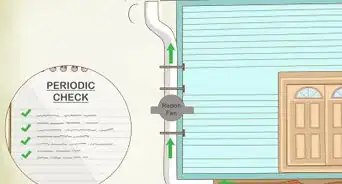
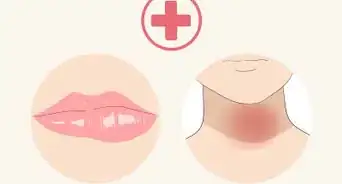
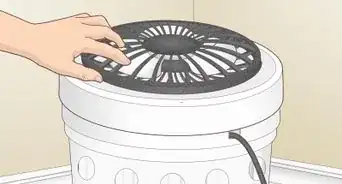
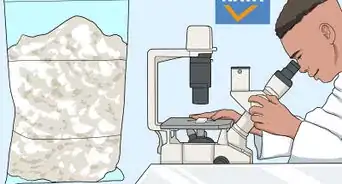















































Medical Disclaimer
The content of this article is not intended to be a substitute for professional medical advice, examination, diagnosis, or treatment. You should always contact your doctor or other qualified healthcare professional before starting, changing, or stopping any kind of health treatment.
Read More...